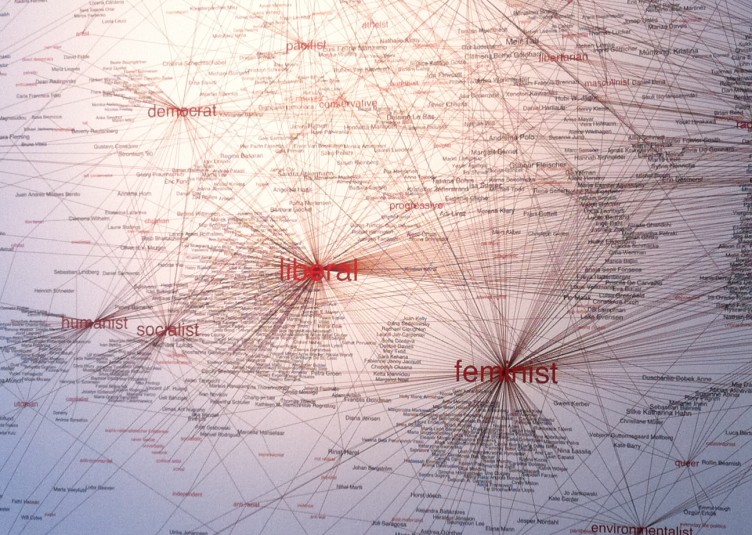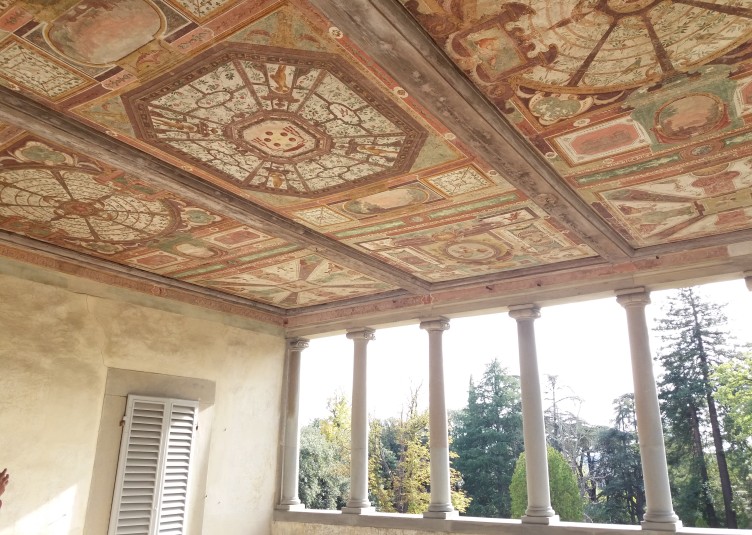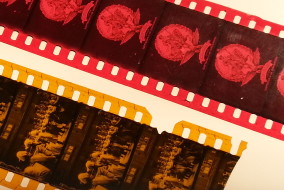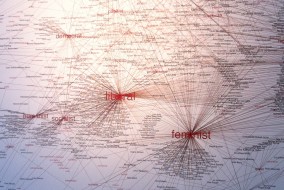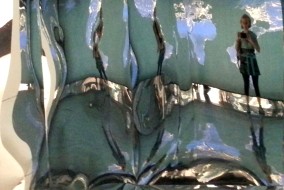[Introduction to the conference “Expanding the Boundaries of Theatre Education”, host in Florence by Teatro della Pergola as part of the G7 Culture Initiatives]
Today’s event has a strong symbolic value. The first culture conference for G7, proposed and hosted by our country, is in fact an opportunity for emphatically affirming the strategic role of culture in reshaping our course, in offering a vision of the future and a new way forward. And it is also an opportunity for affirming Italy’s leadership in this highly delicate and strategic task.
Culture, as we know, is a combination of many elements: it is our historical memory, it is a tool for acquiring competences and achieving social inclusion, it is a moment of pure ecstatic pleasure, it is an industrial activity, it is what makes us all equal and all different, thus enabling interaction and dialogue, it is an insight into a future not yet written. The cross-cutting nature of the concept of culture is its strength, because it makes it richer and more penetrating, but also its weakness, because an unstable concept becomes difficult to break down into categories (for example academically) and fund (with targeted budgets and clear strategies).
Culture is thus both heritage and a means of safeguarding and protecting our heritage, and at the same time it is dialogue and interaction with that heritage enabling us to build a better present and a new idea of the future. Culture is a tool for confronting the crisis, “not – as Marco De Marinis has observed – in the current yet imprecise meaning of involution, decadence, or the like, but in the more correct and stimulating one […] of complexity and problematicality”[1]. Culture, therefore, as the construction and deconstruction of complexity, “translation” (as construed in the rich Steinerian literature on this term[2]), re-elaboration, a space (civic, recreational, emotional) where thought and action are disassembled, dissected, narrated and recomposed, enriched and innovated.
And the setting par excellence where this decomposition and recomposition, this dialogue between the minimum and maximum common denominators, between complexity and simplicity, has been taking place and reproducing itself for thousands of years, across the planet, is the performing arts. From classical to contemporary theatre, playwrights have posed questions and prompted human nature to bare itself and show itself in its entirety.
The theatre is the place where today we are seeing a contemporary reinterpretation of the profession of the performer, who is recovering his/her ability to tell stories capable of reaching and speaking to the heart and mind of a contemporary audience. The real challenge is to restore the link between training on one hand and the final user on the other; i.e. to promote (and protect) the pure, totally free creative act, but at the same time – and this is the primary task of public institutions – to ensure that the creative act is accessible and comprehensible to everyone. If, as Spinoza taught us, social equilibrium is founded on an equilibrium among the respective freedoms, we can imagine culture as the freedom of the creative person/performer to express him/herself and the freedom of the user (of the other) to dialogue with that expression, where in the latter case the term freedom carries the meaning given to it by Amartya Sen, that is, freedom not only of “access” but also and above all of comprehension and interaction, or possession of the tools and skills needed to understand and choose one’s own destiny.
Therefore, the emphasis that is today rightly being laid on the theme of audience development throughout the chain of cultural expression, is in fact a demand for culture to take over the task of rethinking the sense of meeting, all the more important at a time in history when, on the one hand, public resources for the sector are dwindling – as the ultimate sense of its mission becomes increasingly blurred – and on the other hand it is getting more and more difficult to build places for relating to contemporary audiences, the new generations, and those who have never been in a cultural space and continue not to view it as a necessity. Yet there is a great need for culture as a training ground for finding this sense, especially in an historical period characterized by strong intolerances and unexpressed rage. And this is the crux of the public mandate when it comes to the cultural project. To see to it that the role of culture is re-launched as a public service. To ensure that the creative act meets old and new needs and above all is capable of stimulating new ones. It is the vision of heritage as a common good and a place for reviving the sense of the common good, an open space that does not limit itself to answering some questions (as a bearer of information, an archive of a country’s memory) but, above all, engenders questions and stimuli, networks, processes, meetings. And social justice.
It is not a straightforward challenge. Rethinking the realm of theatre, from training to distribution, as an inevitable opportunity. Rethinking a training policy after decades of experimentation in training while the concept of profession is increasingly ambiguous and unstable. Producing the new, reconstructing and expanding the production chain, also being receptive to contamination by new languages. The challenge is thus also to rethink the role of the artist within the social context and, therefore, the job market, by developing training projects that can give rise to new distribution projects and – in a virtuous circle – create new audiences and stimulate the demand for new professionals. To think of the performer who is facing his or her spectators. This is the subject of today’s conference, which will address the theme of the relationship between training and the job market, between production and audience, and I warmly thank the speakers for the valuable contributions they will make to today’s discussion and with whom we will continue to discuss in the days and weeks to come.
Today’s conference is not, in fact, an isolated moment of reflection, but rather fits into a project for a theatre training network started by Piero Maccarinelli, Giovanna Marinelli and myself, together with the Theatre of Tuscany. It is a project that grew out of the need to promote the concept of a European theatre by sharing a system of training, production and distribution among countries with different languages and cultures, a challenge and an exploration of the meaning of co-producing, of sharing an artistic project, simultaneously expressing a strong identity, but also the respective otherness.
The theme of the relationship between identity and otherness is shaking Europe and with it the deepest sense of international relations and the mobility of peoples. The challenge of coming together while retaining faith in one’s own values is lacerating an increasingly fragile peace and will be a test for local, European and international governments and the choices they make in the upcoming months. Through the theatre we want to ask ourselves what it means to be a European artist, we want to investigate the stability of this concept, and understand whether the open-mindedness possessed by so many young people, who feel strong local roots but perceive themselves as citizens of the world, can be transposed into a project of public policy, though it regards both public and private actors.
The objective of the project, therefore, is to test a shared, intercultural training model, which may lead to the co-production of a number of works to be staged through a joint production effort of several countries and, above all, with the involvement of audiences differing in their needs, languages and cultures. The ultimate goal is to put new European artists on the stage, offering them a mission and above all a setting where they can meet an audience and thus a future.
The project leader is the Teatro della Toscana, a highly prestigious national theatre, which is also the host of this conference, while the location of Florence is strongly symbolic, perfect for hosting the culture conference for G7. This is in fact a city that, throughout its history, has played a key role in cultural production and education, and is home to a priceless artistic heritage as well as some of the country’s most important institutions in the realms of education, conservation and restoration: from the Biblioteca Nazionale Centrale to museums such as the Uffizi, from the University of Florence to the Istituto Universitario Europeo, from the Accademia di Belle Arti to the Accademia dei Georgofili, from the Opificio delle Pietre Dure to the Accademia della Crusca.
So what better place than Florence and this venue for reforging the link between past and present, and launching a discussion on the promotion of heritage and the sense of culture and the contemporary performer.
[1] Marco De Marinis, Dopo l’età dell’oro: l’attore post-novecentesco tra crisi e trasmutazione
[2] George Steiner, Turris Babel


